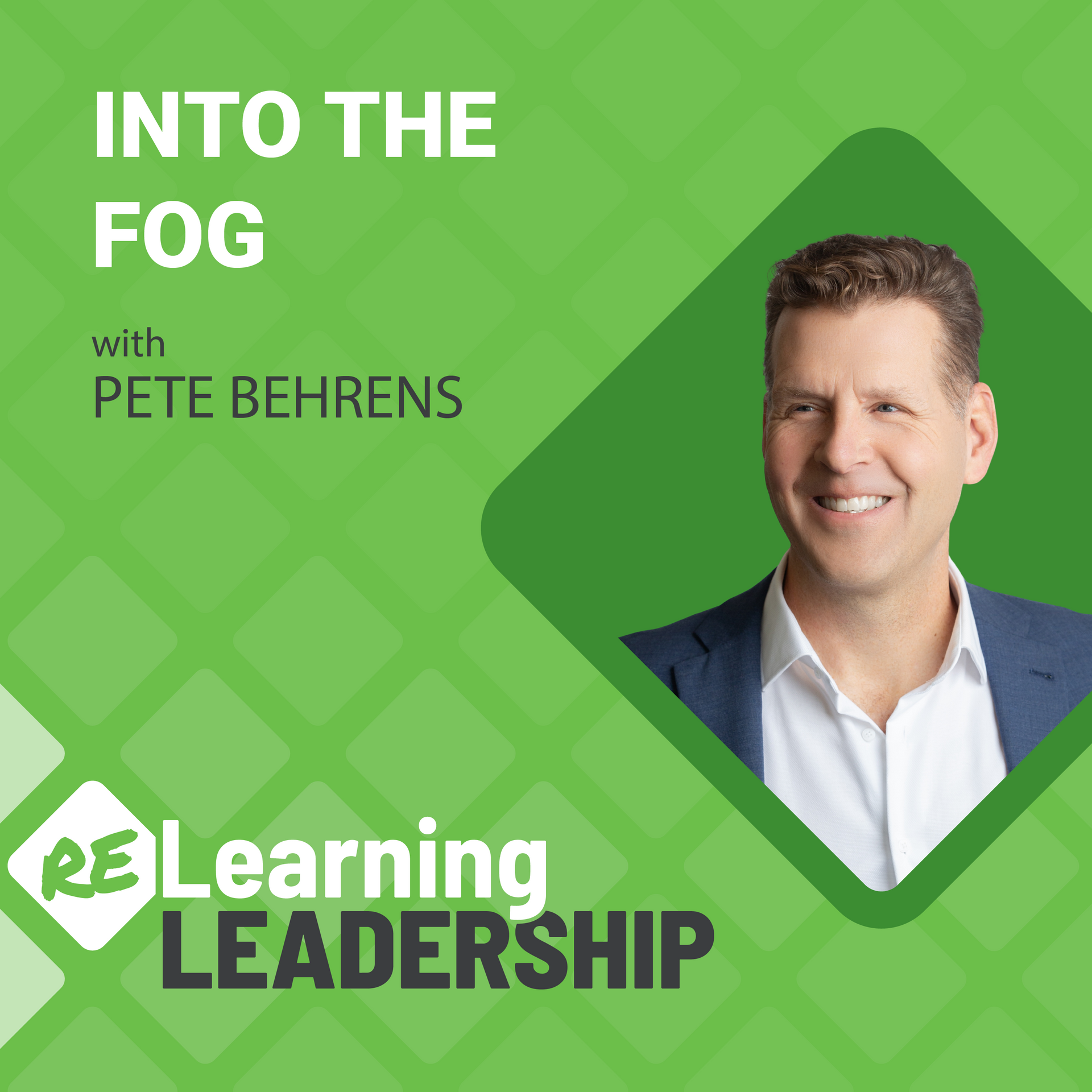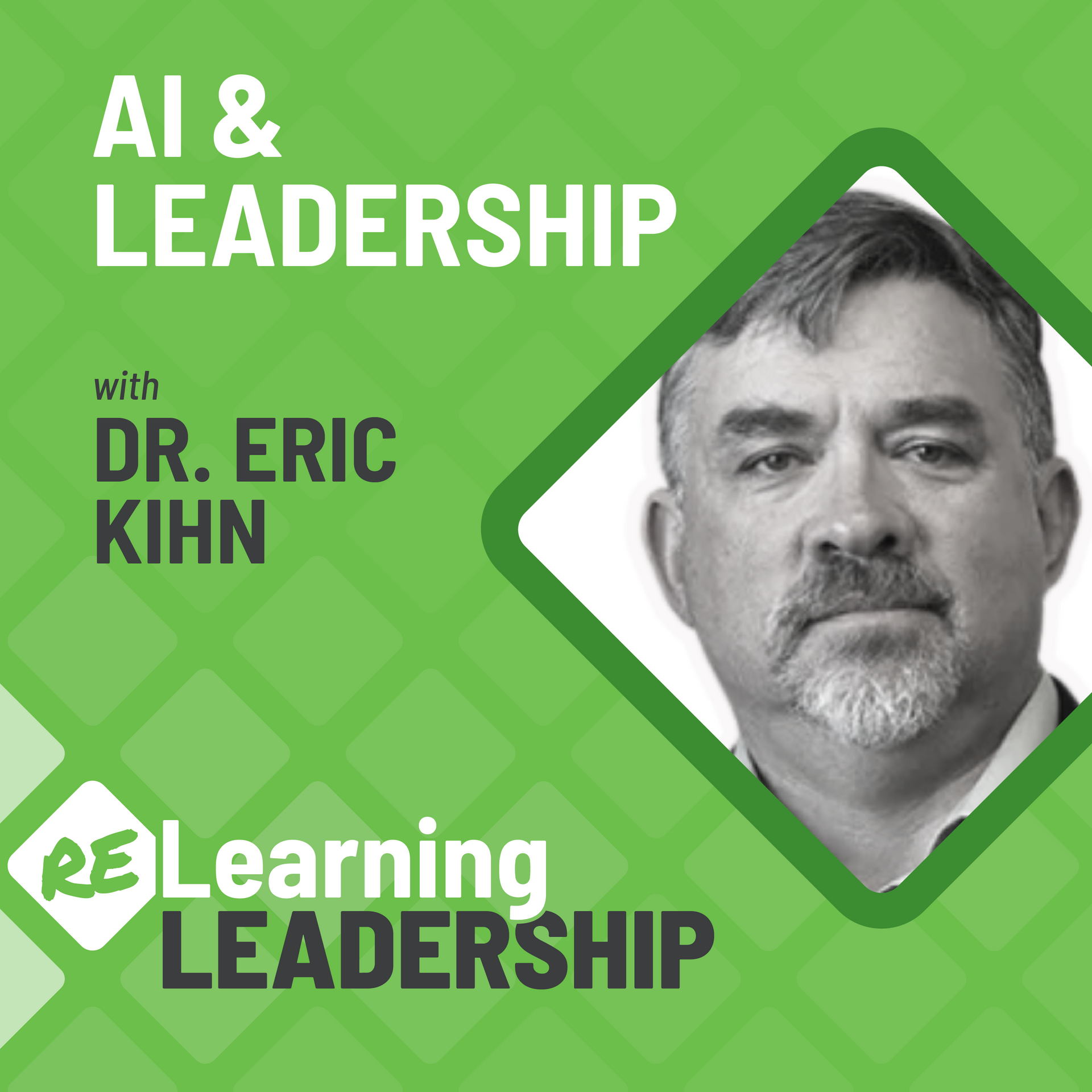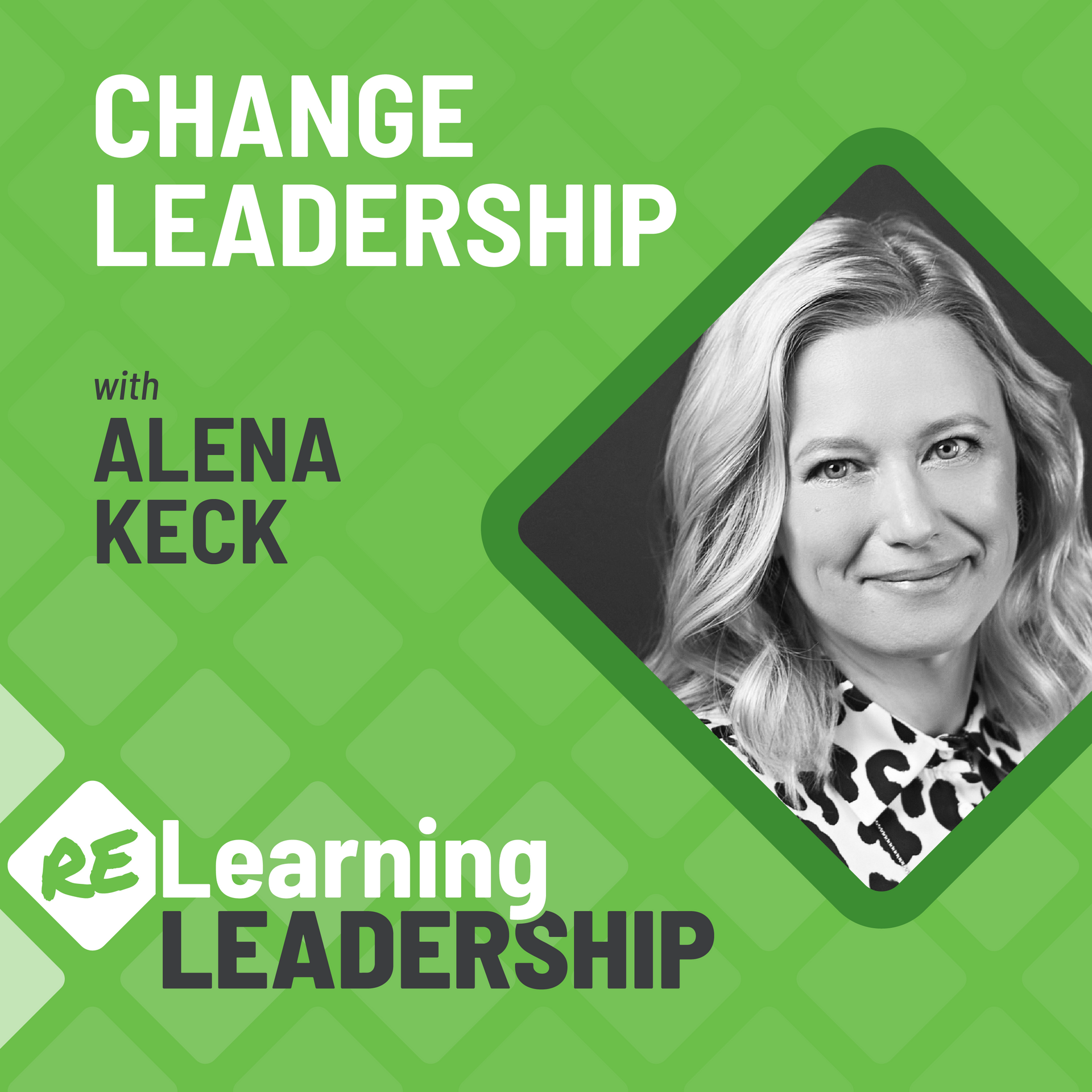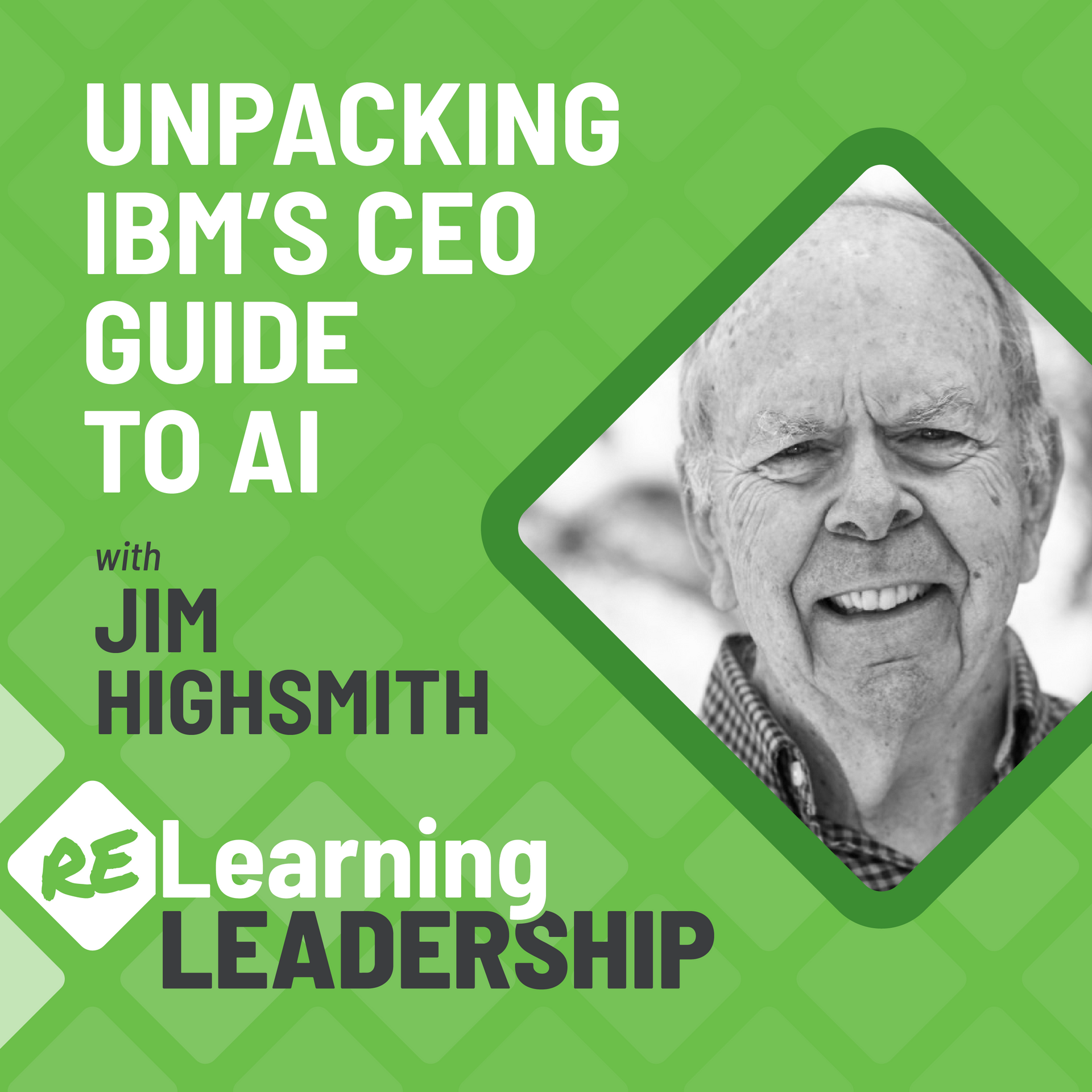31: How to Make Every Conversation Better Part III: Difference and Influence
What do great debators know that we don't?
Pete shares insights from two of his favorite mentors in this episode to help us better understand why differences are so challenging to overcome in crucial conversations and how an unintuitive approach to differences can shift conflict to alignment.
Relearning from this episode…
Differences are not Good or Bad
Differences are inherent and natural in every relationship. It is our own perspective that turn differences into conflict by adding a spice of judgement to season it.
Defend or Draw In?
Differences invoke natural defensive mechanisms in human behavior. However, it is these same default responses that also have a reversing impact on our goal to influence others towards a new way of thinking. In order to more effectively influence others, we must first win the battle against our own default nature.
Episode Transcript
Pete Behrens:
How do you make every conversation a better conversation?
Welcome to another episode of Relearning Leadership, where we explore a specific leadership challenge and break it down to help improve your leadership, your organization, and just possibly your personal life.
My name is Pete Behrens, and today we’re in Part III of this series, where we explore when differences emerge, and we’re seeking to influence others. Sound interesting? Okay, so let’s dive in!
Think of a time when you were on one side of an argument or a debate or, you know, some difference that needed to be addressed as a decision. What happened? A little emotion? Maybe some defensiveness? Some attacking? What’s right? What’s wrong? But how effective were you at swaying the other side, the opinions towards yours? You know, if you’re like most and you see what goes on in our political discourse, influencing others to change their thinking to something new is a non-trivial situation.
So, I want to introduce you to two mentors that have really influenced the way I see difference and conflict. One of these mentors has passed away, unfortunately, but the other one is still alive and kicking. So, let’s dive in.
This first woman was alive in the early 1900s, at a time when women weren’t really respected, I think, as intellects. In fact, so much so that the university she lived right next to, AKA Harvard, didn’t allow her, at that time, to study at Harvard. But that didn’t stop Mary Parker Follett. And that’s what I love about her. She didn’t let the men of her time hold her back or outclass her. Now, after her passing, a book was collected of her significant writings and has become likely the most dog-eared, bookmarked, highlighted book in my entire library. It’s called The Essential Mary Parker Follett, and it is just packed with insight that was generations ahead of her time.
Now, she introduced me to the concept of difference and conflict. And before you maybe shrug that off, bear with me. She brought out something that was really, kind of, an aha, I guess, to my learning journey. She says conflict has that high emotional state—right?—that gets us in that fight or flight response. But if you go below conflict and you get to what causes conflict, difference. She says difference has no inherent qualities of good or bad. Differences just are. It’s something that’s not alike. It is us humans who put the emotional quality in that generates conflict from difference. Right?
She also goes on to say we have four typical—four responses as humans that we will do in the presence of difference, where there’s conflict.
Number one: submission. Right? Submission is where we give in. We cede our power. You know, we allow others to choose. Now, if it’s only what we’re going to eat for dinner, who cares, right? “I submit. Chinese? Fine. We’ll have that.” But when something is at stake, a direction, strategy, a date we’re trying to hit, a key difference in how we’re trying to live out our values as an organization—those things have meaning. And that’s where emotion starts to come in. And submission has a lot at stake. You know, this is the accommodative side of the power style.
Response number two: struggle to win or lose. Right? This is the fight. This is the attack. This is the defend and dig in. And, you know, “I’m not going to cede any ground. I’m going to find the weakness in your arguments, and I’m going to strengthen my own arguments!” You know, this is where we often find ourselves on that assertive power style spectrum. Now, don’t assume assertive means win. Oftentimes, we can struggle with the assertiveness and still lose out.
Number three. Number three is where it really starts to get interesting because this third one we see often as, “Hey, this is good!” Compromise. Compromise—you know, we think about negotiation. Compromise is that—finding middle ground. But Mary Parker Follett puts a twist on compromise. She says compromise is weak. Compromise doesn’t change anybody. “I give you this; you give me that.” We cede a little bit of this and that, but we are not changing. And she says because of the fact that people don’t change in compromise, it is tenuous. It is—the next thing that comes up is going to topple the compromise. And so, she says compromise is a very, very weak form of—what she calls probably the most valuable response to difference in conflict—she calls integration.
Now, that’s a deep term, right? What does that mean, to integrate? She says we don’t integrate, because it’s hard. It requires change. It requires the parties on either side to see value in the other side, to maybe let go of something on their side. And she says, you know, especially at the time, these men don’t do that. You know, we don’t do that. What is that like, to let go? Change is really, really hard.
Okay. We got our four responses. Now, that leads me to our second mentor. Our second mentor is alive and kicking today. Our second mentor has influenced my thinking and is bringing some really cool fresh language, I think, to the understanding of culture and the understanding of the human condition at work and work culture. And that is Adam Grant, a professor and organizational psychologist at the Wharton School of Business, author of the book, Think Again. Now, Adam introduces us—and has a number of things inside that book—but one of the things that really stood out to me in the book Think Again was the chapter on influence.
Alright. If we’re in this point of conflict and difference, as Mary Parker Follett talks about, Adam says one of the things, as leaders, we need to do is—we need to try to influence to get alignment. We need influence to get the same direction and get everybody on the same page. So, how do we do that? Well, what Adam did was pretty creative. He said, “Well, who are the best influencers in the world?” And he says, “Well, it’s got to be the debaters.” Now, I was never on a debate team, but debate is where somebody gets assigned a subject, you know, so you’re not necessarily the expert on it. And somebody gets assigned a side, a pro and a con. And it is your job to try to sway everybody else listening that your side is better than the other side, right? So, influencing decisions, influencing eyeballs.
So what Adam Grant did was—he started to differentiate these “average” debaters. You know, what do typical debaters do? And what do the “great” ones do? The great ones are the ones who will win and influence more often than not. He identified five key characteristics that great debaters differentiate over the average. And the first four have something quite in common. And I’ll touch on that. So, let’s look for the commonality.
Okay. So, what do great debaters do? Great debaters find common ground. Interesting, right? You think of a debate. You think of those average debaters. “Okay, my job is to, you know, butt heads. Differentiate. Split the gap. Create the difference. Why is my side better?” And you’re holding strong. And what he says is—that’s a natural response, but that’s not what wins over hearts and minds. What wins over hearts and minds is saying “Wait a second. We do share something in common!” And you notice what’s happening. We’re building a bridge. We’re building a bridge that allows us to recognize there’s strength in each of these arguments. So what that allows is—it allows some of the differences to emerge even more powerfully. But it also gives room for anybody who might be on the other side of that bridge a way across the bridge.
The second thing he says great debaters do is—they demonstrate curiosity. To a regular debater, that might look like weakness. “You’re asking questions about my side? You’re wondering what’s going on there?” But what he says is—when you demonstrate curiosity, you’re demonstrating some humanness. You’re demonstrating some interest. Which, if there are people on that side—that’s respect. That’s status. That’s building relationship and understanding. And so it’s those probes. I look at it a little bit like an army. You know, if you’ve got two armies, it’s almost like sending a scout over to have a conversation before we fight. You know, what is our common ground, and is there anything else we can do here? Now, in the old days, that probably didn’t go very far a lot of times. But in a debate, trying to influence? It’s a quite powerful emotional connection.
Now, one even better? Show empathy. Empathy is that—not only curiosity. Curiosity is the intellectual empathy. Empathy is the feeling side, right? “Oh, I can understand how that feels and what it looks like, maybe, from their shoes.” And, again, demonstrating empathy is coming into that center and recognizing what that feels like. And that starts to win over hearts and minds.
Now the last one: giving credit. Right? Again, evoking that status. “Yes, you matter. I understand it. Yes, that point is valuable. Thank you for bringing that in.” All of these four things—four of the five—are recognizing that in a debate, rather than pulling apart, we’re coming together. We’re coming into the middle. And that’s what starts to influence, and that’s what’s really valuable. The human nature says, “No. Defend. Attack. Separate.”
The fifth one is really one about focus. It says, you know—typical debaters throw out point after point after point. They enumerate their points. And it’s like a bigger army. You know, “I’m going to attack all sorts!” And what great debaters do is—they focus. They just find one or two things that they really need to hammer in. And what Adam says is—when you have so many points, and maybe one or two are weak, people start to see cracks. And they start to say, “Well, okay, but maybe all of your points have weakness there.” So it’s—more is not better. Less is more, in this case.
So, what have we learned from our two mentors today?
Well, anytime difference emerges—which likely lurks in every pivotal conversation, conflict is right behind it, right? With the emotions, the defensiveness, the attacking. That’s all going to be wrapped in together.
But we have a choice. If we act like the typical debater, we attack, we defend, we dig in, all we’re going to do is—we’re going to create a bigger divide. We’re going to separate between ourselves and the stakeholder we’re trying to influence.
However, if we do what our two mentors are suggesting, we find common ground. We’re curious. We demonstrate empathy. We give credit. Well, then we have an opportunity to build a bridge, or what Mary Parker Follett calls—to integrate difference, to blend it together. And this not only improves business outcomes, it’s going to set you up as a better communicator, a better influencer, and indeed a better leader.
Thank you for joining us today, and enjoy the journey.
Explore:
Recent Episodes









